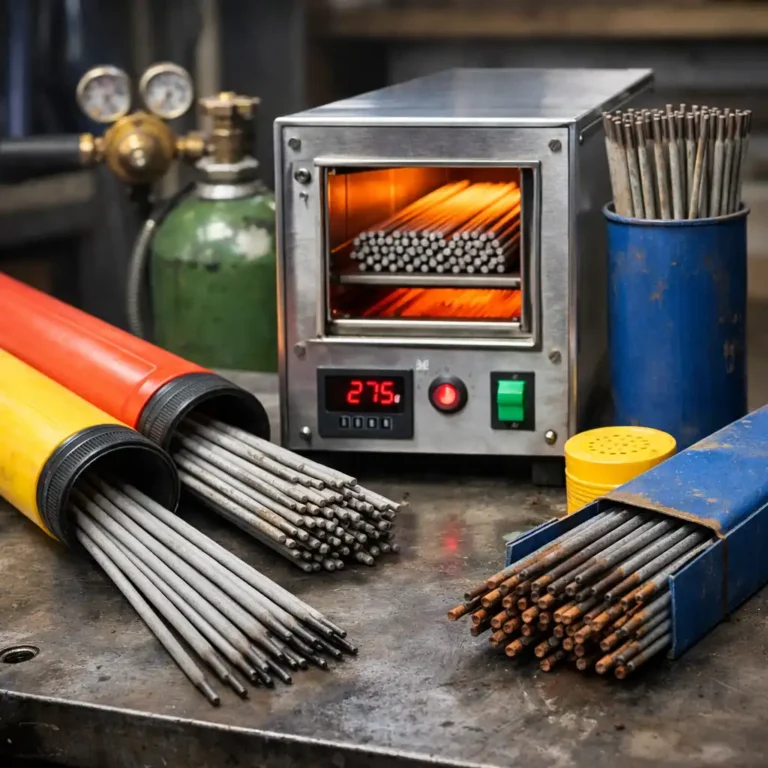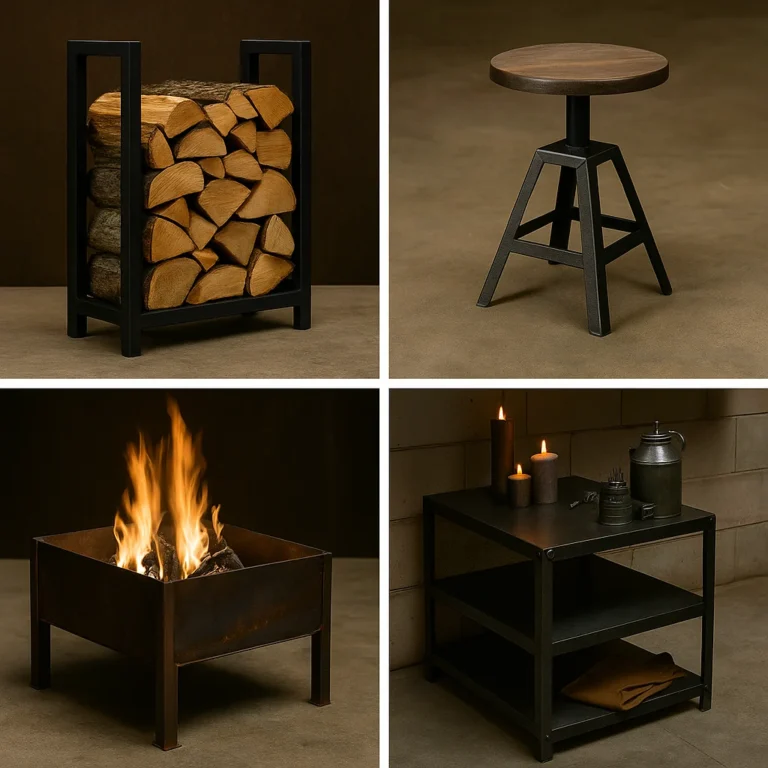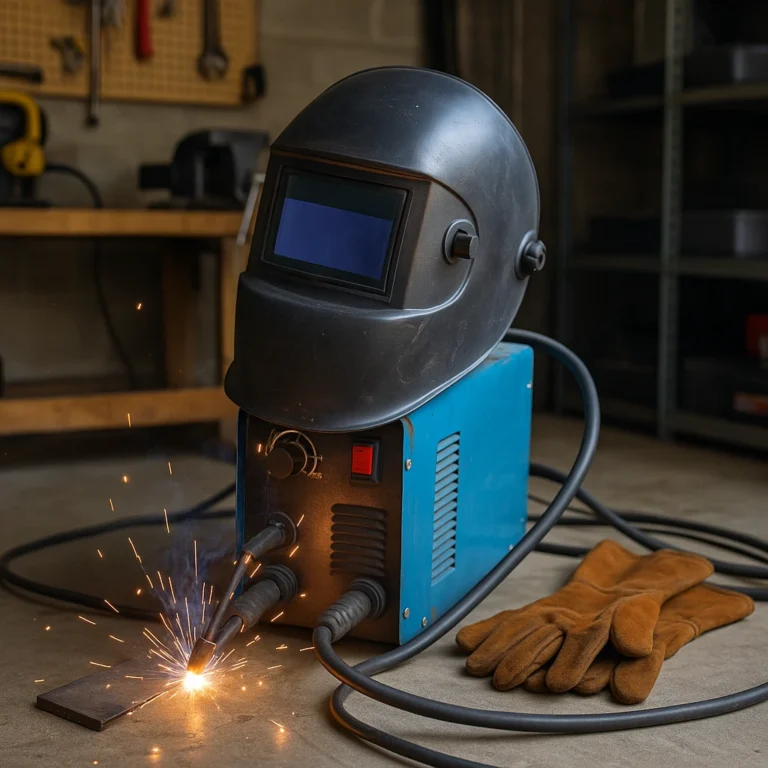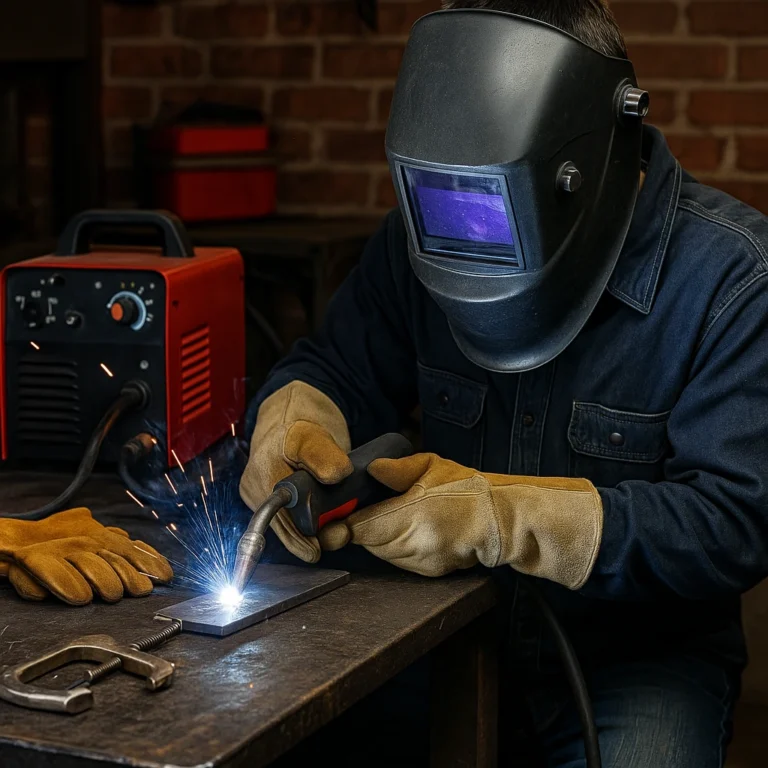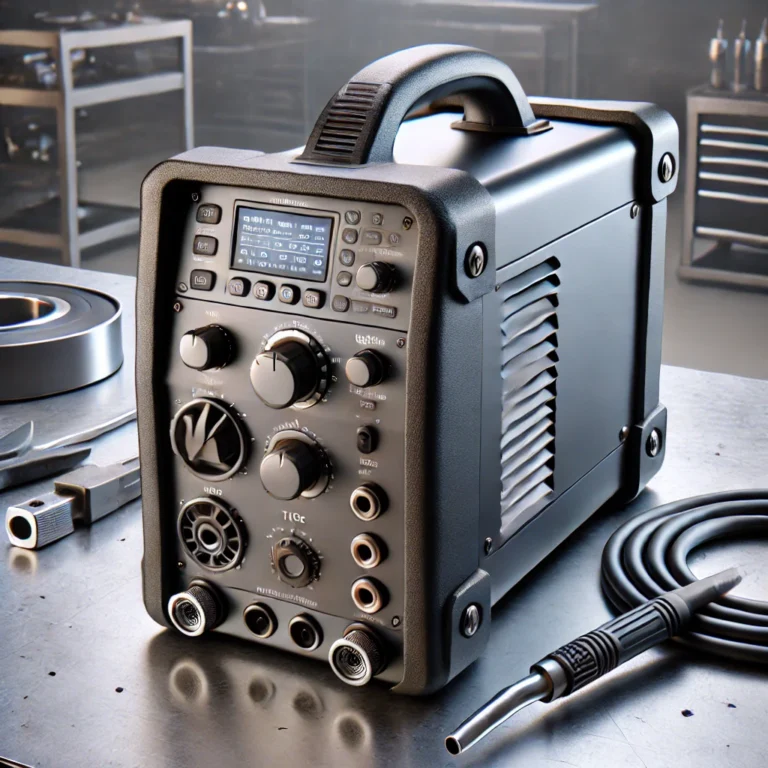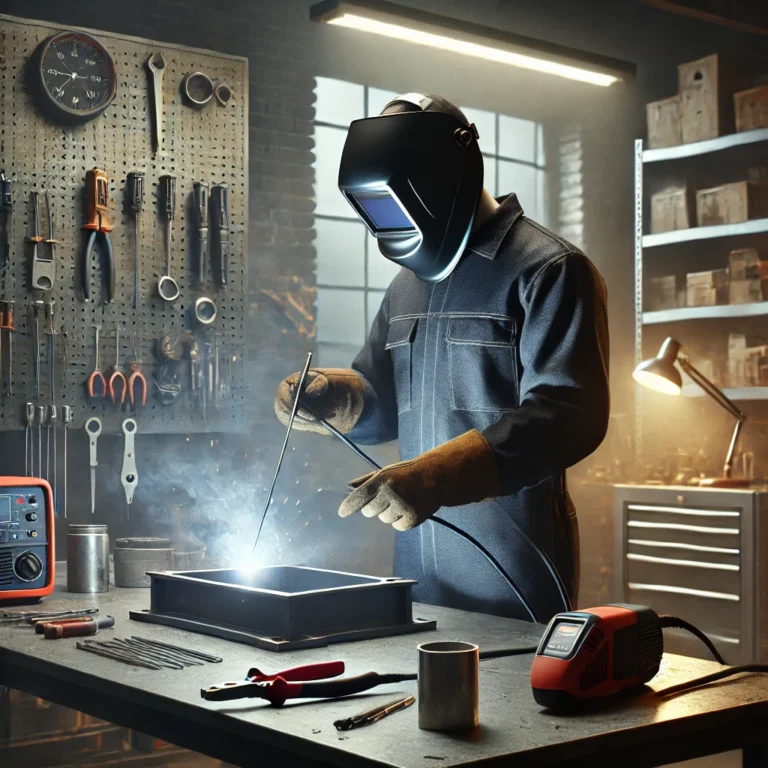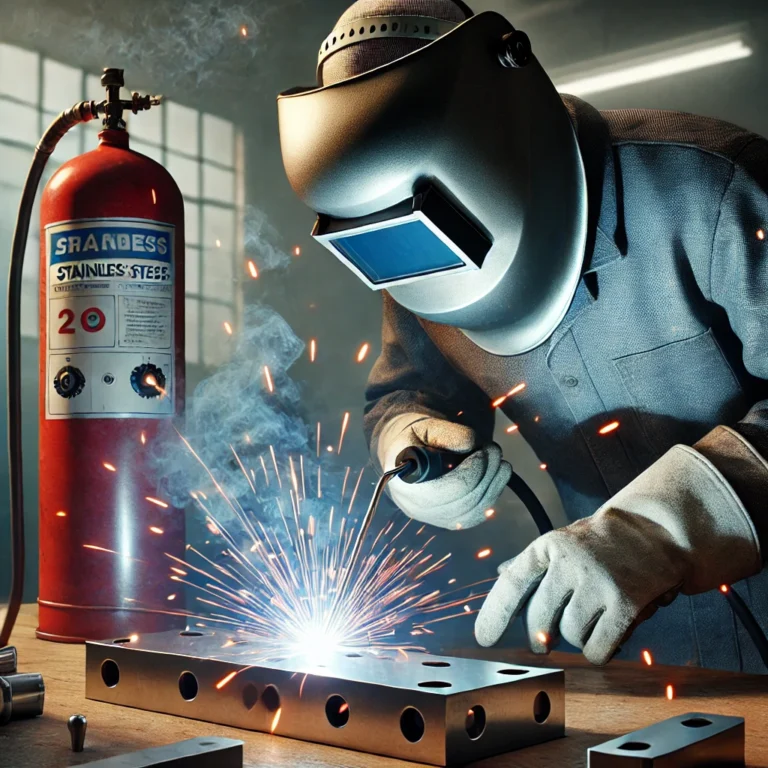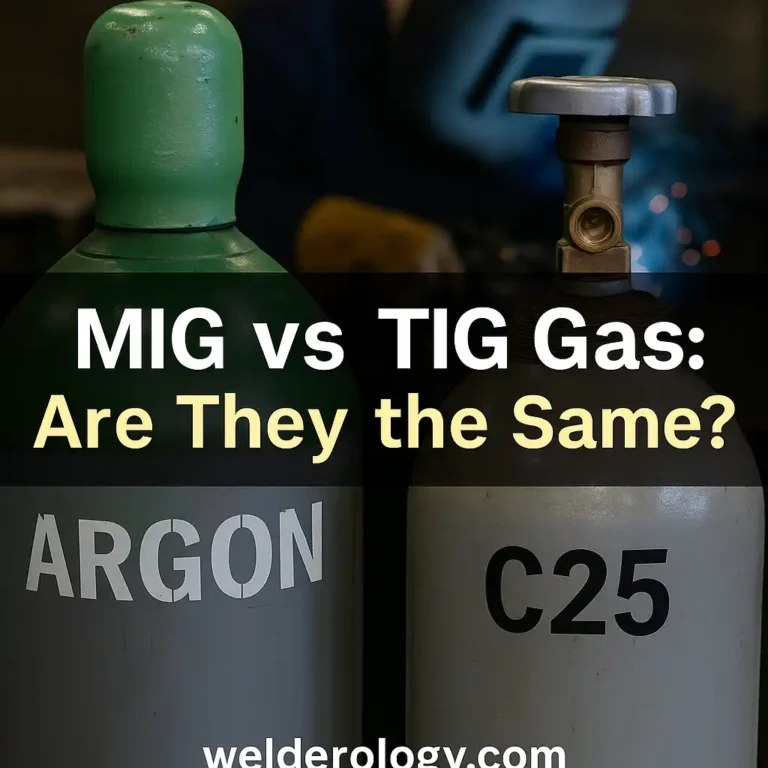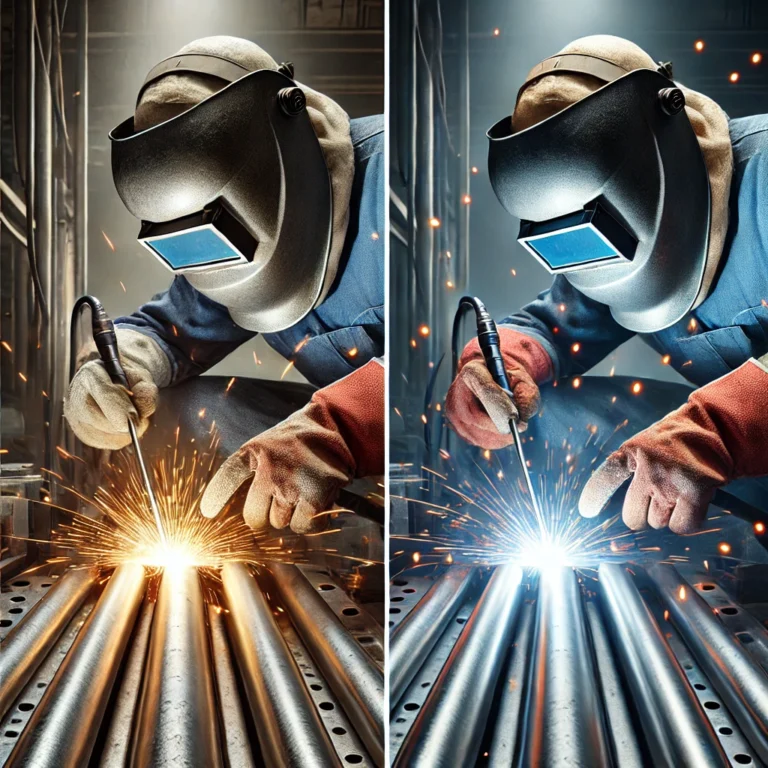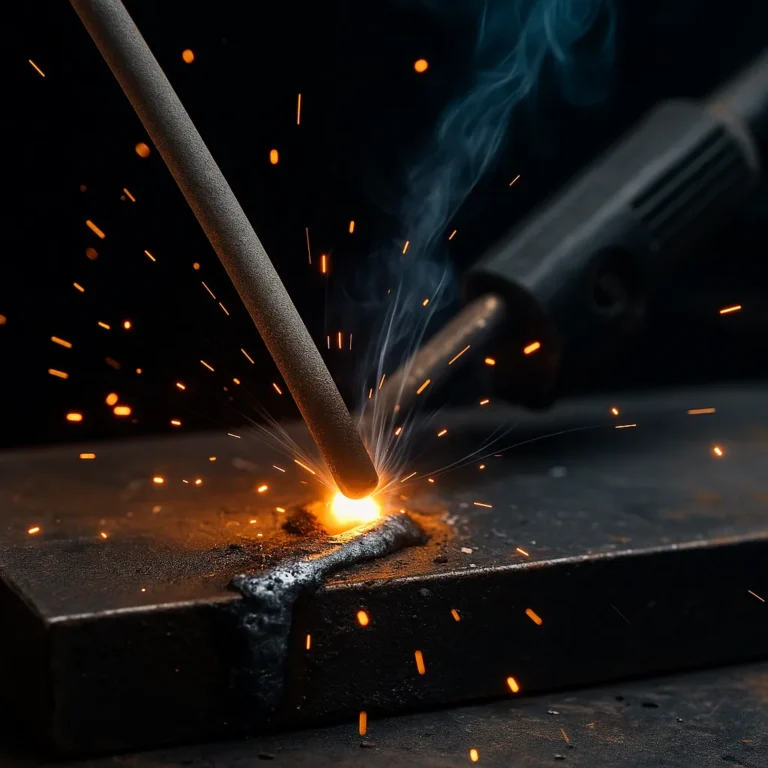How to Store Welding Rods Properly to Prevent Moisture Damage and Weld Defects
Last Updated: December 2025 Welding rods may look simple, but poor storage is one of the fastest ways to ruin good consumables. Moisture exposure leads to unstable arcs, excessive spatter, porosity, and weak welds—often without obvious signs until the weld fails or cracks later. 👉 If you’re dialing in your shop setup, this overview of…

